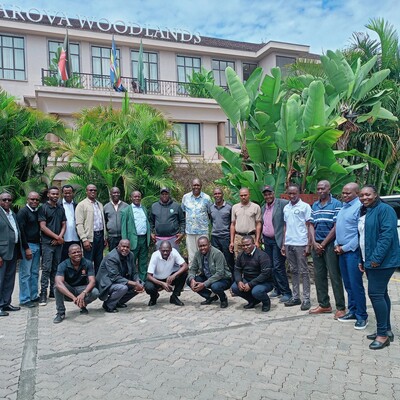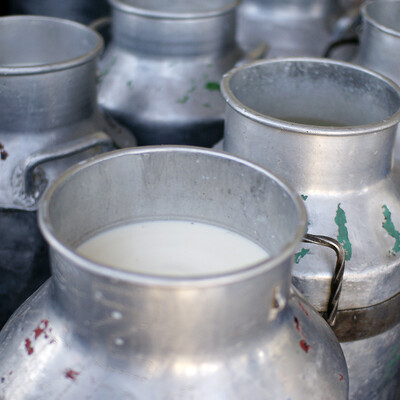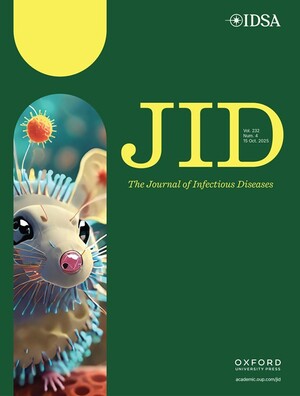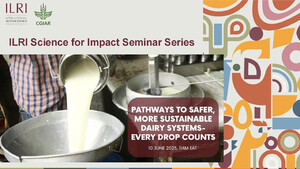
Generating evidence to support enhanced traditional dairying in Northeast India
Background
Millions of small-scale farmers, many of them women, supply the surging demand for animal source foods generating huge benefits to their livelihoods and family nutrition. India is presently the largest milk producer in the world: 75% of rural households have bovines, 60% of dairy animals are owned by small farmers, and two thirds of marketed milk goes through the informal sector.
However, despite the importance of the informal milk sector, policy towards it is generally hostile. Informality leaves actors vulnerable to extortion, decreases investment in technology, chills the flow of innovation, and, paradoxically, makes foods less safe. The huge burden of food-borne disease and the high level of pathogens in informal sector milk are well documented, as are the substantial, yet avoidable, milk losses from spoilage and spillage.
The International Livestock Research Institute (ILRI) and partners have developed an action research approach to help poor people get more from the traditional dairy sector. This involves engaging with policymakers, assessing health risks and improving standards of informal sector producers and value chain agents through training and certification. The approach has been very successful in East Africa and more recently has been extended to India.
General objective
To evaluate the impact of a self-sustaining model for improving the performance traditional dairy through certification and training in order to generate evidence for scaling-up and scaling-out as well as provide recommendations that will help continue to improve performance of the traditional dairy in Assam.
Specific objectives
- To rigorously evaluate a model for improving the traditional dairy sector (based on training and certification of informal value chain actors) by assessing the impacts on capacity of value chain actors and net benefits accruing to milk value chains and consumers.
- To understand and document the process of policy influence and change which supports local ownership and sustainability of this model for improving the traditional dairy sector.
- To assess the economic impact and cost-benefit of the model for improving the traditional dairy sector.
- To gather lessons from the Assam experience to inform dairy development in other parts of India and in Bangladesh.


















